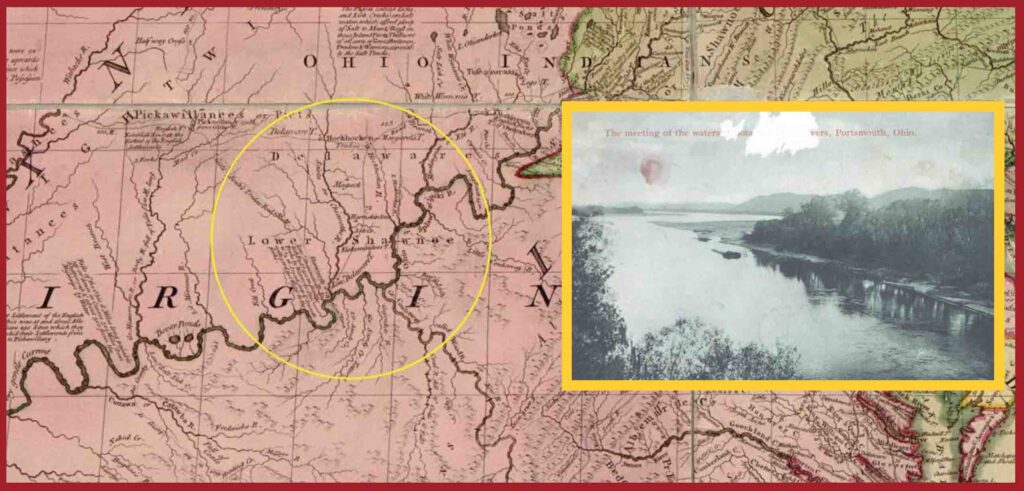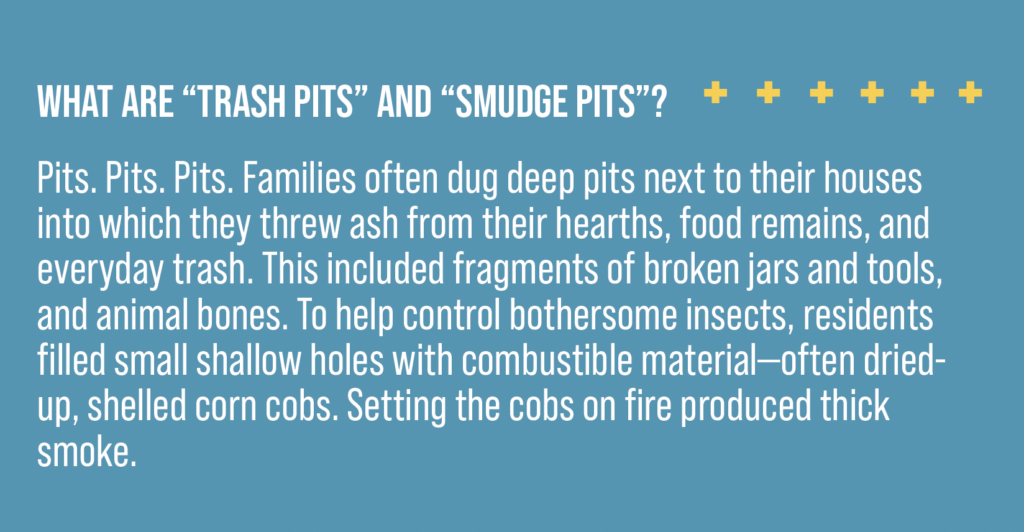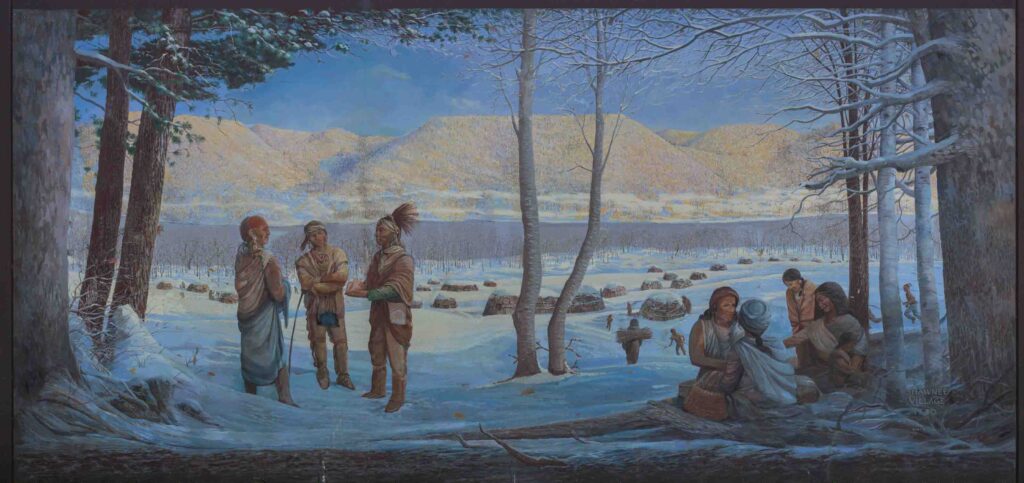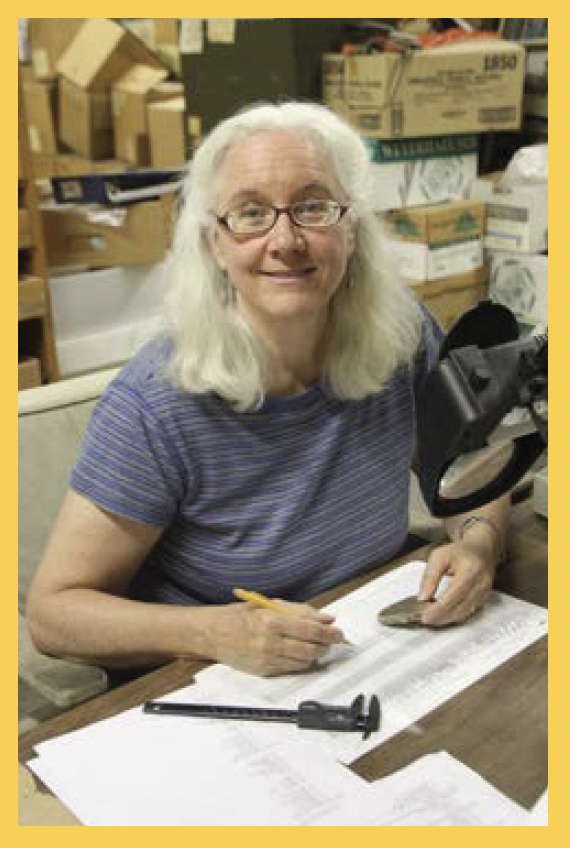HEALING & TRAUMA: NAVIGATING TRIGGERS AROUND THE HOLIDAYS
For many people, the holiday season brings connection, celebration, and routine changes. But for survivors of domestic violence or past trauma, this time of year can also bring unexpected emotional challenges. Increased stress, family expectations, and sensory triggers can intensify anxiety, depression, and symptoms of PTSD. Holiday environments can activate the brain’s trauma pathways. Sensory […]






